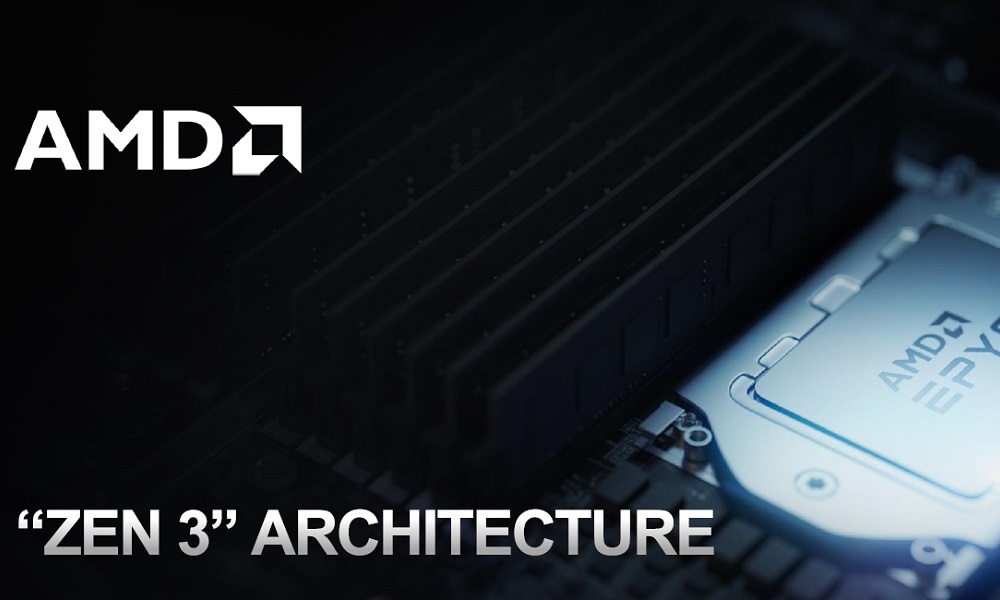
VMware and AMD maintain an important strategic collaboration that is essential so that the users of solutions of both companies can enjoy, in general lines, of a good experience and a high level of performanceespecially now that the count of cores present in a CPU is becoming increasingly important.
Recently, VMware has introduced VMware vSphere+ and VMware vSAN+two new solutions designed to help businesses enjoy all the benefits of the cloud for their on-premises workloads that also offer centralized management in the cloud and access to new services through a fully subscription model. flexible.
Both solutions create the virtual compute nodes, storage clusters, and switches needed to replicate an entire data center without the need for legacy architecture silos, shaping a convergence that can run multiple workloads using virtual machines or containers with a high level of performance, high reliability and easy maintenance, especially when compared to traditional data centers.
AMD EPYC processors are a key piece to promote this new type of solutions, since thanks to their high core count they allow us to consolidate large parallelized workloads into a large number of threads using fewer servers. Obviously, this is a significant optimization in terms of both power consumption and cost of ownership, and it’s important to remember that VMware vSphere+ makes it easy to manage disparate workloads running on the same infrastructure.
As we have already told you before, the third generation AMD EPYC processors are based on the Zen 3 architecture, which means that they offer high performance in single-threaded tasks and also in multi-threaded ones. They are available in configurations of up to 64 cores and 128 threads, which means that we can get a count of up to 128 cores and 256 threads with a dual socket system.
In a few months, the launch of the fourth generation AMD EPYC will take place, which will use the Zen 4 architecture and will be configured with up to 96 cores and 192 threads. These will also be able to be mounted in dual socket configurations to add 192 cores and 384 threads. Zen4c-based models will arrive later, which will have up to 128 cores and 256 threads, which is equivalent to 256 cores and 512 threads in dual socket configurations.



